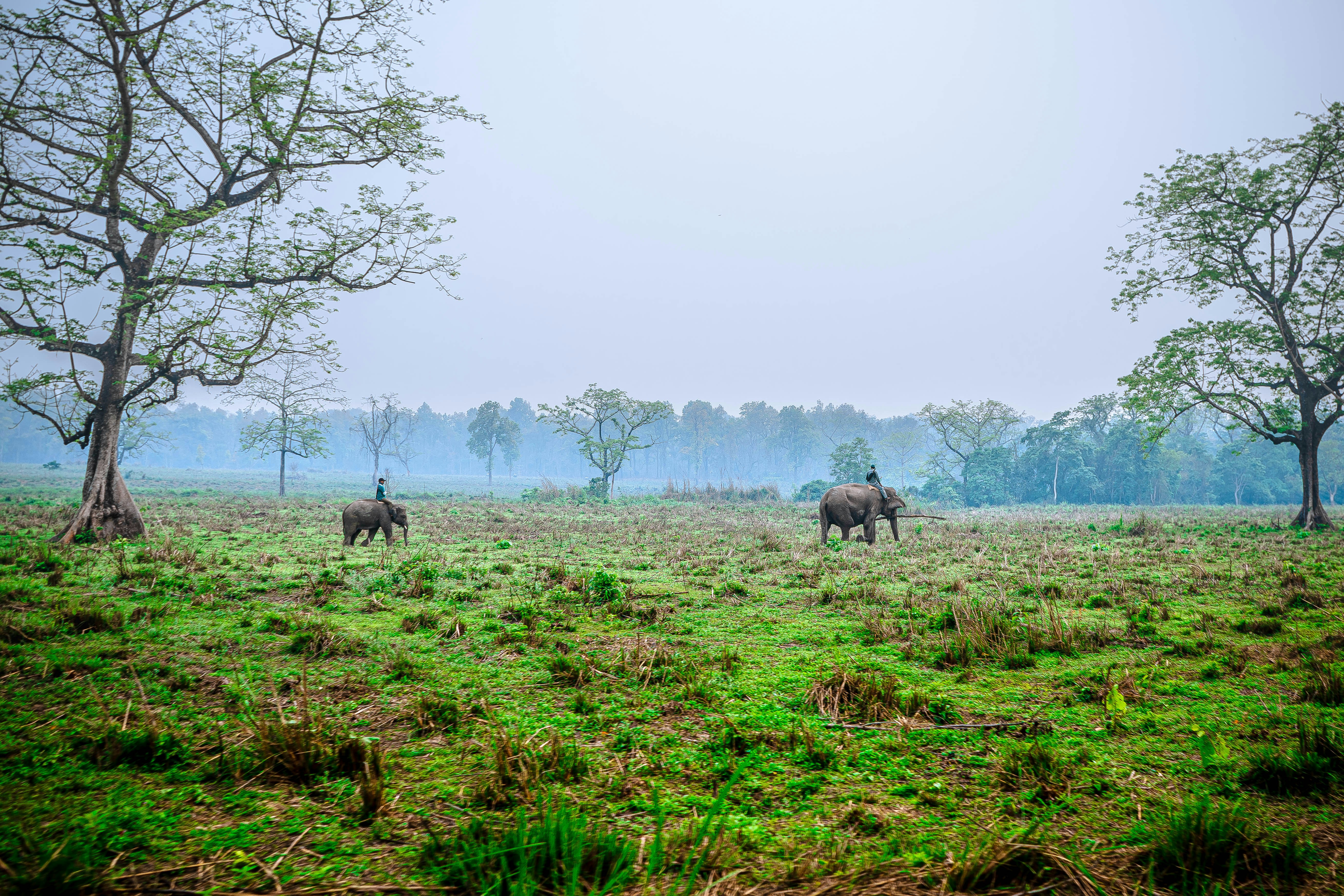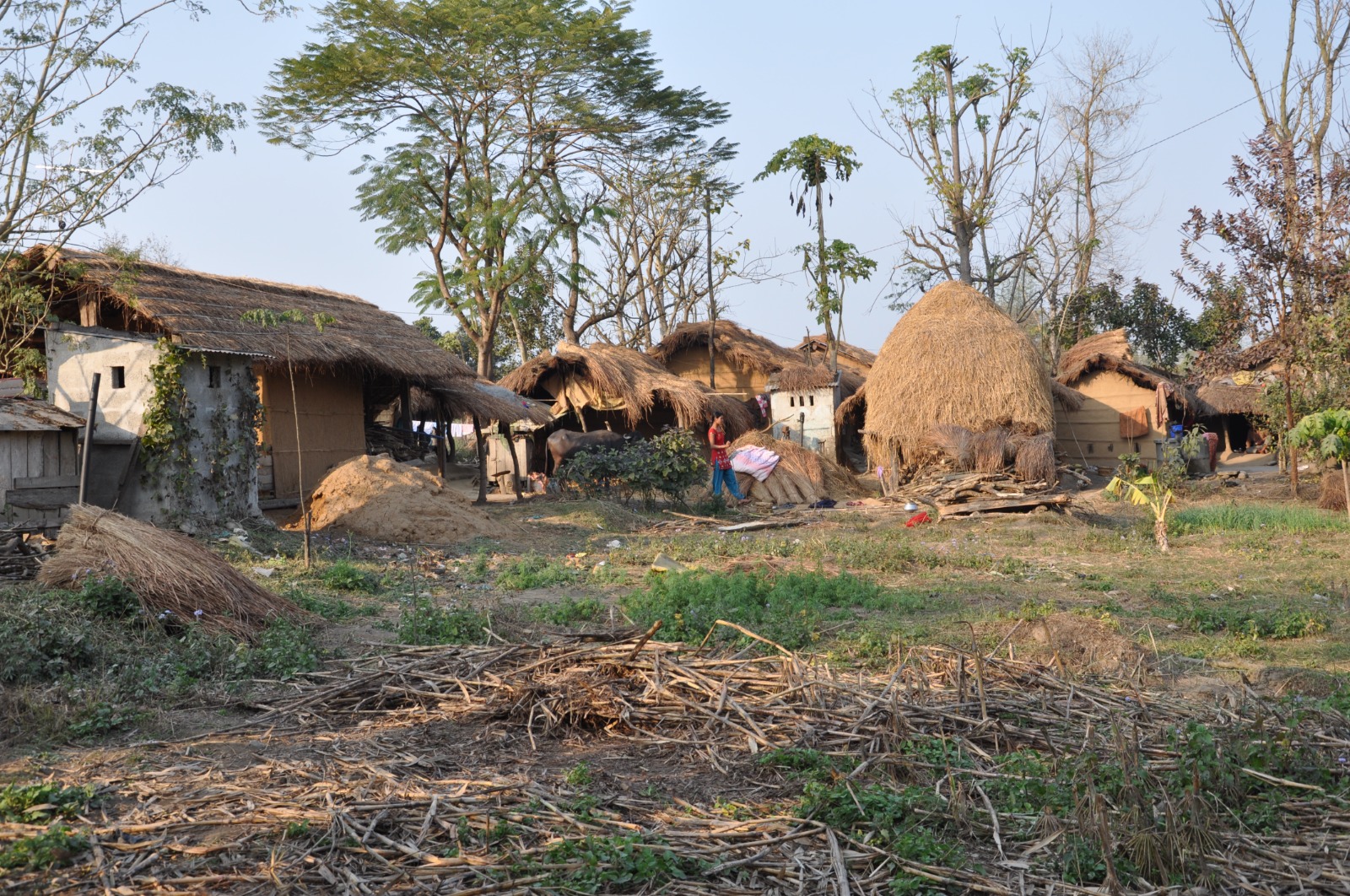Chitwan needs no introduction; it is Nepal's largest valley and lies at the country's centre. It is also one of the most accessible areas in Nepal.
Chitwan National Park (CNP) is a national treasure, covering 932 sq. km in the subtropical lowlands of the Inner Terai in south-central Nepal. In 1959, the Tikauli Forest area, from the Rapti River to the Mahabharat foothills, was designated Mahendra Mriga Kunj (Mahendra Deer Park) by King Mahendra. Later, in 1963, the area south of the Rapti River was set aside as a rhinoceros sanctuary. In 1973, the area was gazetted as Nepal’s first national park, and in 1984, UNESCO recognised its unique ecosystems by designating it a World Heritage Site.
The national park has long been one of the country's treasures of natural wonders. The park is home to 25% of the world’s great one-horned rhinoceroses and a significant number of Royal Bengal tigers. Until 1951, Chitwan served as a hunting reserve for dignitaries. It was declared a wildlife reserve in 1970 and officially became Chitwan National Park in 1973. Recognizing its unique ecosystems of international significance, UNESCO declared CNP a World Heritage Site in 1984.
In 1996, a 750 sq. km buffer zone surrounding the park was established, consisting of forests and private land. Community development initiatives and natural resource management are jointly conducted by the park and local communities. The Nepali government allocates 30-50% of park revenue towards buffer zone development.
In addition to its wildlife and forests, Chitwan is known for the annual pilgrimage to Devghat, where the Sri Krishna Gandaki and Trisuli rivers meet. This site has long been a place for meditation, with hermitages that continue to this day.
Chitwan is also of anthropological interest, with major ethnic groups represented in the valley. The local people are well-aware of global social and economic developments.
The park experiences various climatic seasons, each offering a unique experience. October to February, with an average temperature of 25°C, provides a pleasant climate. From March to June, temperatures can rise as high as 43°C. The hot, humid days lead to the monsoon season, typically lasting from late June to September.
In late January, local villagers are permitted to cut thatch grasses to meet their needs, enhancing wildlife visibility for visitors. From September to November and February to April, migratory birds join resident species, creating fantastic bird-watching opportunities. While monsoon rains bring lush greenery, most trees flower in late winter. The Palash tree, known as the 'flame of the forest,' and the silk cotton tree have striking crimson flowers that are visible from afar.
It lies at the exact centre of Nepal along the east-west axis. Chitwan, an almond-shaped valley, is drained by two major rivers, the Narayani and Rapti, which form the northern and western boundaries of the national park. The park covers an area of 932 sq. km, with altitudes ranging from 200 to 700 metres above sea level.
The national park is a subtropical jungle, with 70% covered by Sal forest and 20% by grassland. Over 50 types of grasses thrive here, including elephant grass (Saccharum spp.), known for its great height, and shorter grasses (Imperata spp.), which are used for roof thatching, mats, ropes, and papermaking. The remaining area consists of riverine forests, waterholes, sandy banks, and floodplains. The Churia Hills bound the Chitwan Valley to the south, with the Mahabharata range to the north.

Chitwan is home to an array of wildlife, including the one-horned rhinoceros, gaur (bison), deer (sambar, spotted, barking, and hog), the Royal Bengal tiger, wild elephants, leopards, jungle cats, civets, wild dogs, jackals, langurs, and rhesus monkeys. Bird species include hornbills, Bengal floricans, storks, and ducks. Snakes, lizards, crocodiles, and frogs are also commonly found.
In total, Chitwan hosts 68 mammal species, 544 bird species, 56 amphibians and reptiles, over 126 fish species, and 2 crocodile species.
The Tharus are the main indigenous ethnic group in Chitwan, known for their natural resistance to malaria. Traditionally, they are farmers with a distinct tribal culture. A stroll or ride through a Tharu village offers an opportunity to observe their traditional farming practices and cultural artefacts. The traditional Tharu stick dance provides further insight into their heritage. Numerous ethnic groups, including the Chepangs and Tharus, inhabit the area, making village visits a unique experience.
Additionally, there are several religious sites where annual fairs and pilgrimages take place.

Chitwan is easily accessible by road, river, and air. Two highways, from Pokhara and Kathmandu, connect to Chitwan, while the East-West Highway spans its entire length. Several domestic airlines also operate from Bharatpur Airport. For the more adventurous, Chitwan can be reached by one-, two-, or three-day rafting trips. In short, it’s one of the most accessible parts of Nepal.